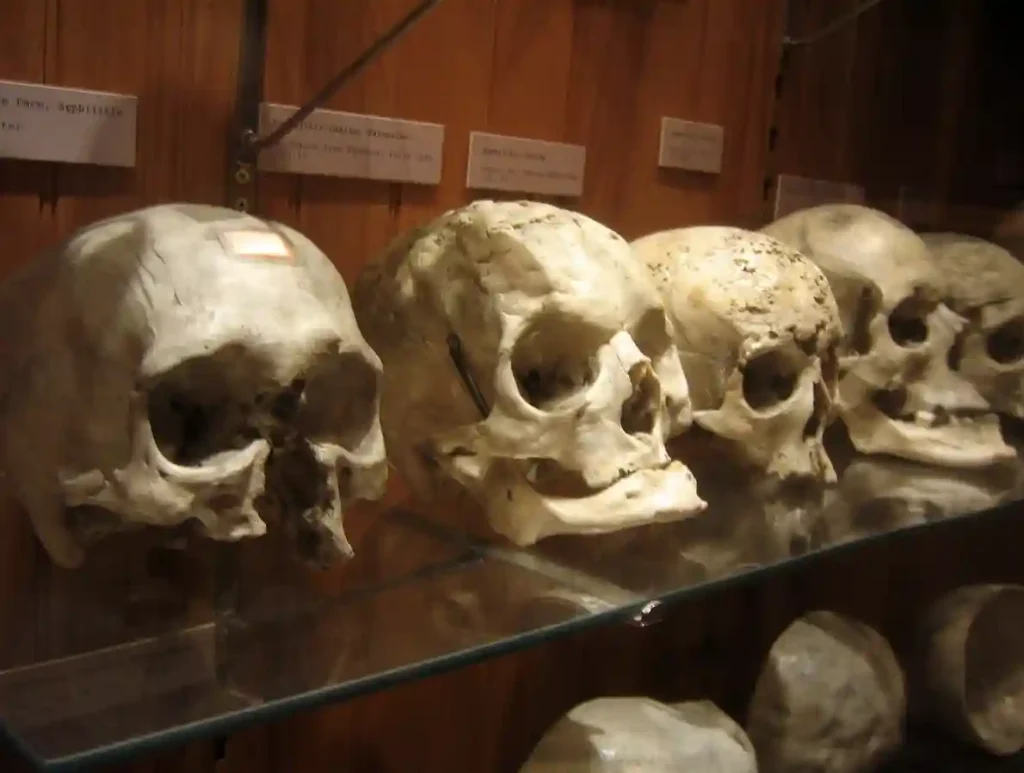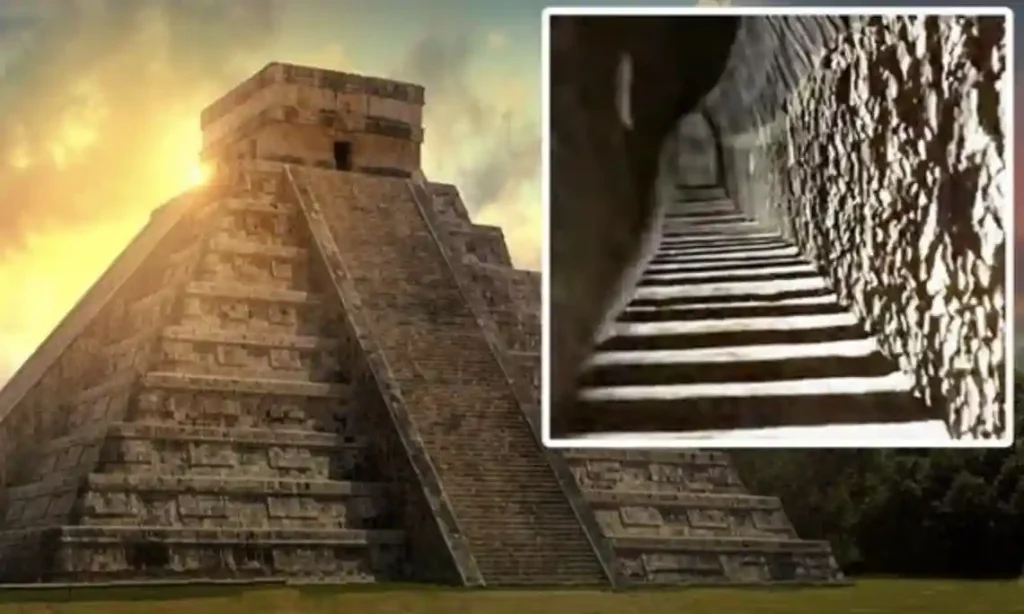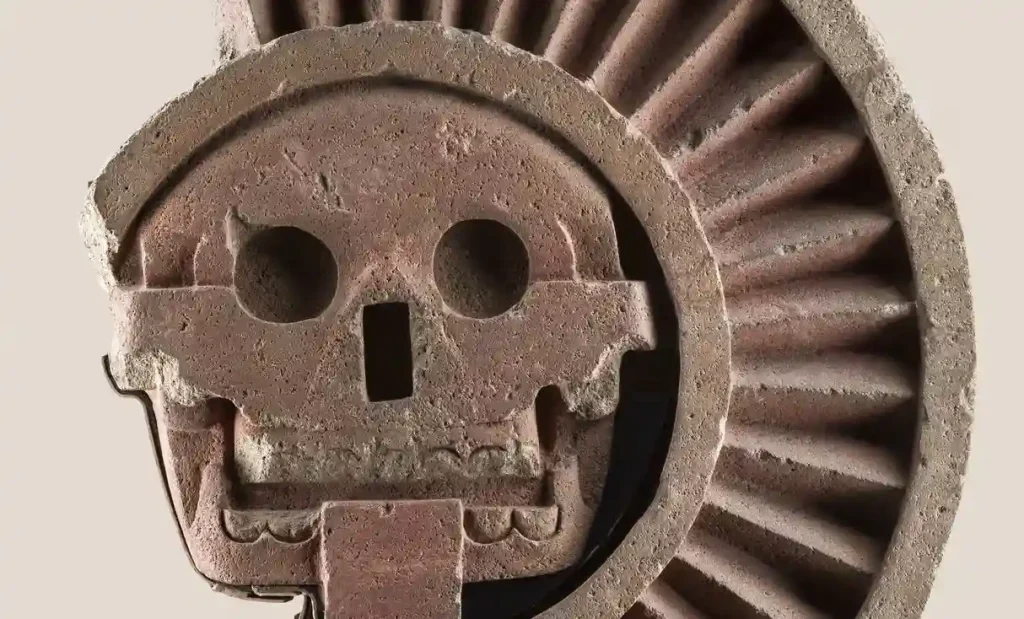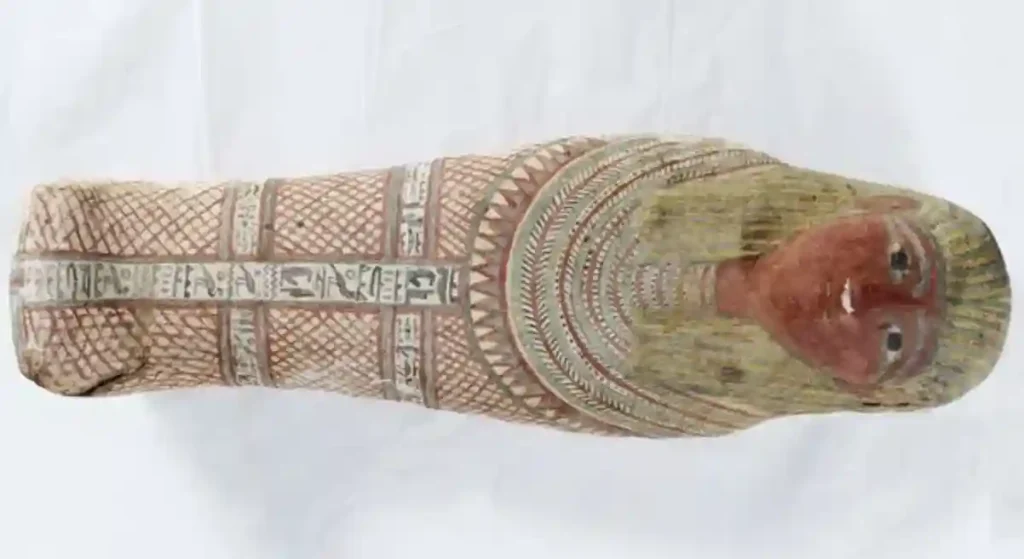When we talk about pyramids, most of us immediately think of the monumental stone structures of Giza, King Tut, and perhaps even the famous Sphinx.
And why not? Egypt is home to 138 pyramids, but it’s not the only place in the world that boasts these fascinating structures—there are around a hundred or more pyramids in southern Sudan, for instance.
Let’s take a look at some of the strangest things found inside a pyramid, wherever they may be in the world.
Cannibalism at La Quemada

Finding human remains inside a pyramid is common. But not when some of them are evidence of a leftover meal, especially when parts of this leftover meal were hung and displayed publicly outside the temple walls.
Located about 670 km northwest of Mexico City, these gruesome events are believed to have occurred about 1,500 years ago by indigenous Mesoamericans. Some scholars have identified La Quemada as the legendary Chicomostoc, the temporary home of the Aztecs during their journey to Anáhuac.
The Hidden Pyramids of Kukulkan at Chichen Itza

The pyramid at Chichen Itza, Mexico, might be infamous for its human sacrifices to Tlāloc, the rain god. But since 2016, thanks to a process called electrical resistance tomography, it was revealed that there is not just one inner pyramid beneath it, but two.
The middle pyramid, built sometime between 800 and 1000 AD, has been known since the 1930s, but this new 10-meter-tall pyramid, built perhaps between 500 and 800 AD, gives a new twist to Kukulkan’s story.
The Feathered Serpent Pyramid at Teotihuacan

Also known as the Temple of Quetzalcoatl, this pyramid is about 1,800 years old. In 1980, sacrificial human remains were discovered that appear to be as old as the pyramid itself.
The 2003 discovery of a secret inner tunnel containing a miniature mountain landscape with small pools of liquid mercury, possibly representing a symbolic underworld, astonished researchers (source).
Crystals shaped like eyes, crocodile teeth made from greenstone, and sculptures depicting jaguars, believed to have been offerings to the gods, were also found.
The Giza Sarcophagus

A perfectly crafted miniature cedarwood coffin just 44 cm long, discovered in 1907 and dating between 664-525 BC. Inside was a tiny human fetus, mummified at just 16 to 18 weeks of gestation.
Its arms were crossed, and it was wrapped with such care that it can be assumed the tiny remains, perhaps miscarried, held great significance to someone important. For more insights into how long it took to build the Great Pyramid itself, check out this detailed exploration.
Frequently Asked Questions (FAQs)
1. What is the most unusual thing found in a pyramid?
One of the strangest discoveries is the miniature cedarwood sarcophagus in Giza containing a mummified human fetus, showcasing the deep significance of such remains to ancient Egyptians.
2. Are there pyramids outside of Egypt?
Yes, pyramids exist in many parts of the world, including Sudan, Mexico, and Peru. Each region has its unique style and purpose for these structures.
3. Why are there multiple layers in the Kukulkan Pyramid at Chichen Itza?
The layers represent different construction phases by the Maya civilization, each corresponding to various time periods and possibly evolving religious or cultural practices.
4. What is the significance of the Lady of Cao’s tattoos?
Her tattoos, depicting creatures like serpents and spiders, are believed to symbolize power, spirituality, and her high-ranking status in Moche society.
5. What was the purpose of the liquid mercury found in the Feathered Serpent Pyramid?
The mercury pools, along with golden stars and other offerings, are thought to represent a symbolic underworld, possibly used in ritualistic or religious ceremonies.
The Moche Mummy

The Lady of Cao is about 1,750 years old and was discovered in a Moche pyramid in El Brujo, Peru, in 2006. She was mummified through drying rather than ritual embalming, and her body was heavily tattooed with serpents, crabs, spiders, and imaginary creatures.
She was buried with weapons and jewelry, which were reserved only for powerful men, leading some to believe she may have been a high priestess. Her remains were found alongside another female body, possibly sacrificed in a ritual to accompany the Lady of Cao on her journey to the afterlife.
Use of Our Content
⚠️ Content on “Mystery Uncover” is protected under US and International Copyright Laws.
You are free to reuse, republish, and share our content by giving credit to the source as Mystery Uncover with a link to the original material on mysteryuncover.com.





